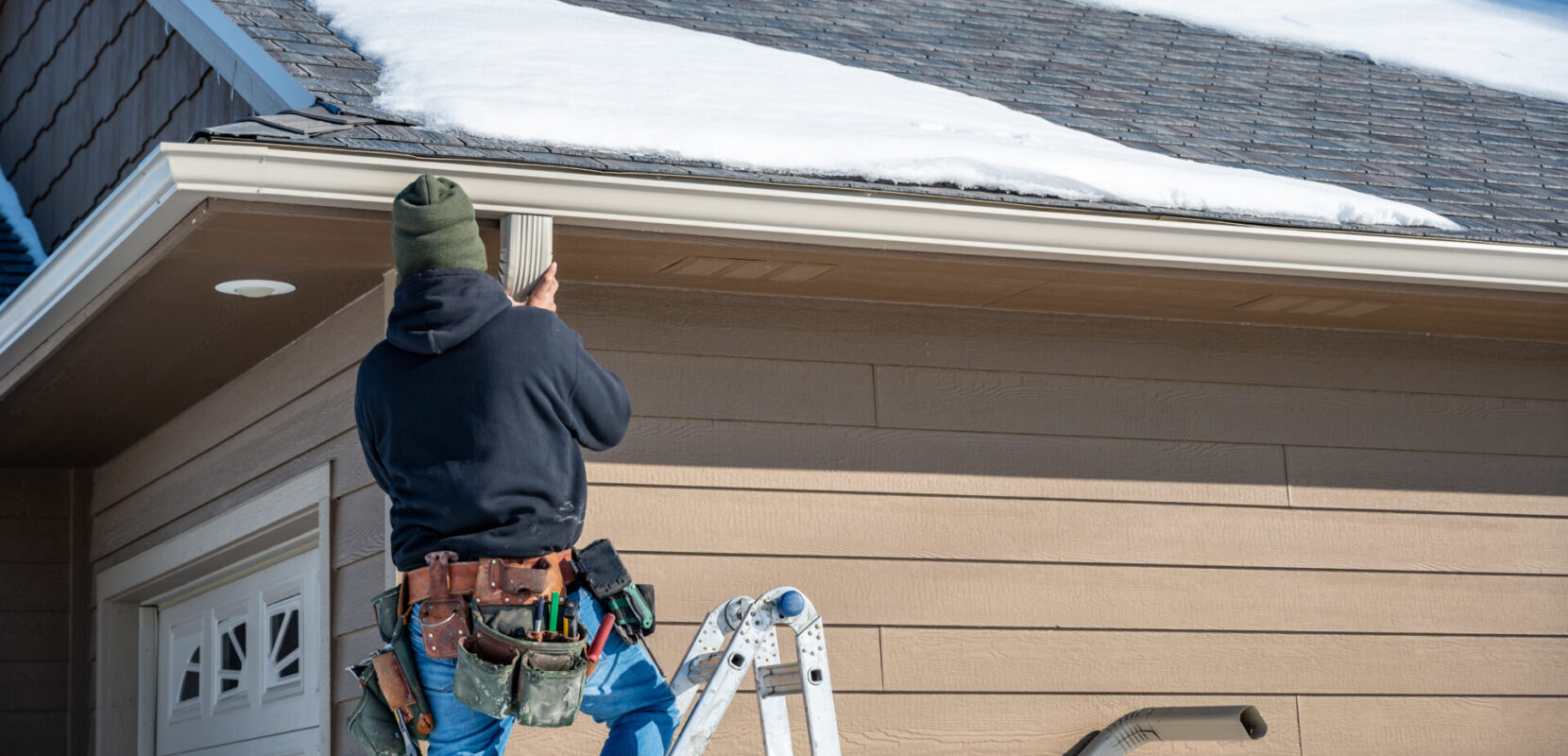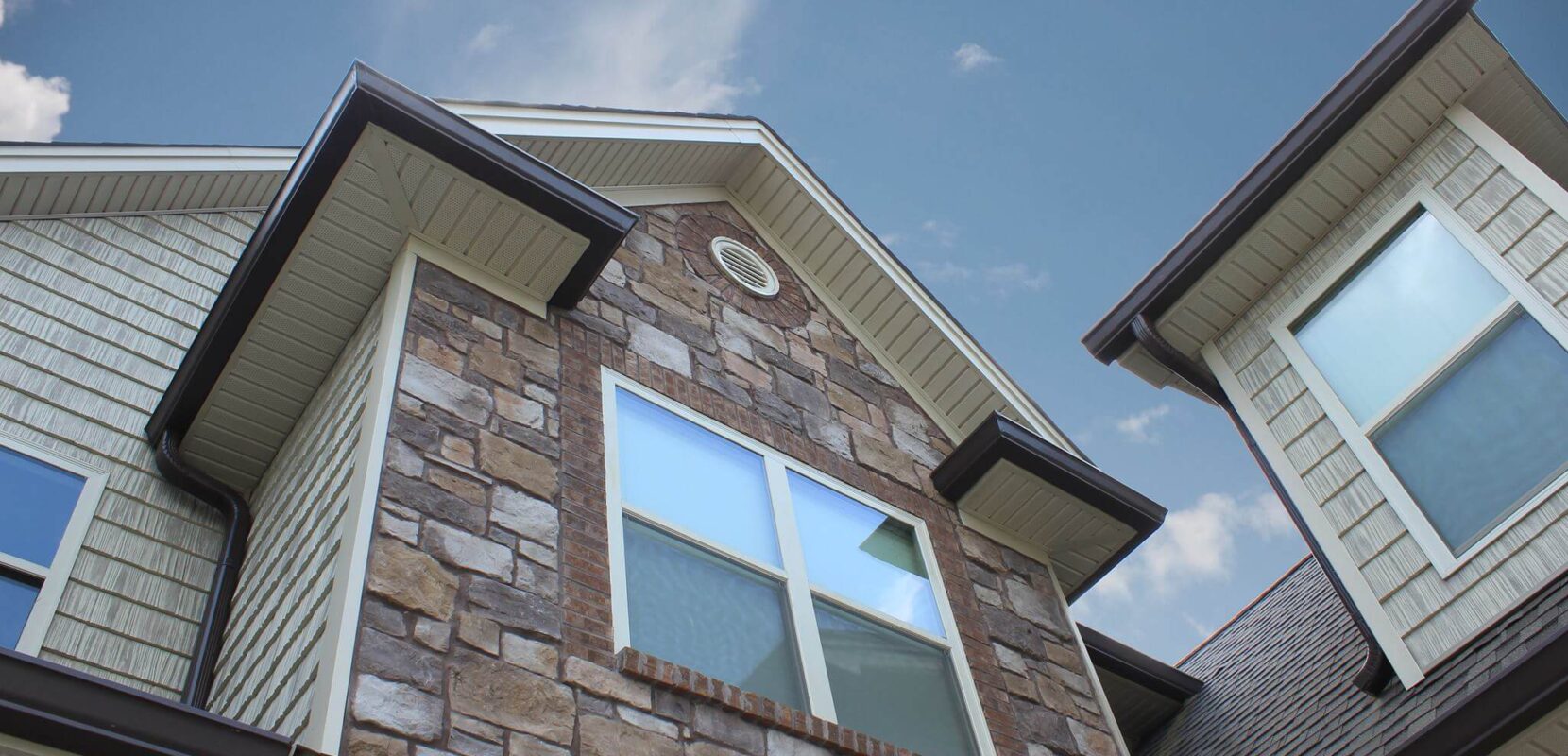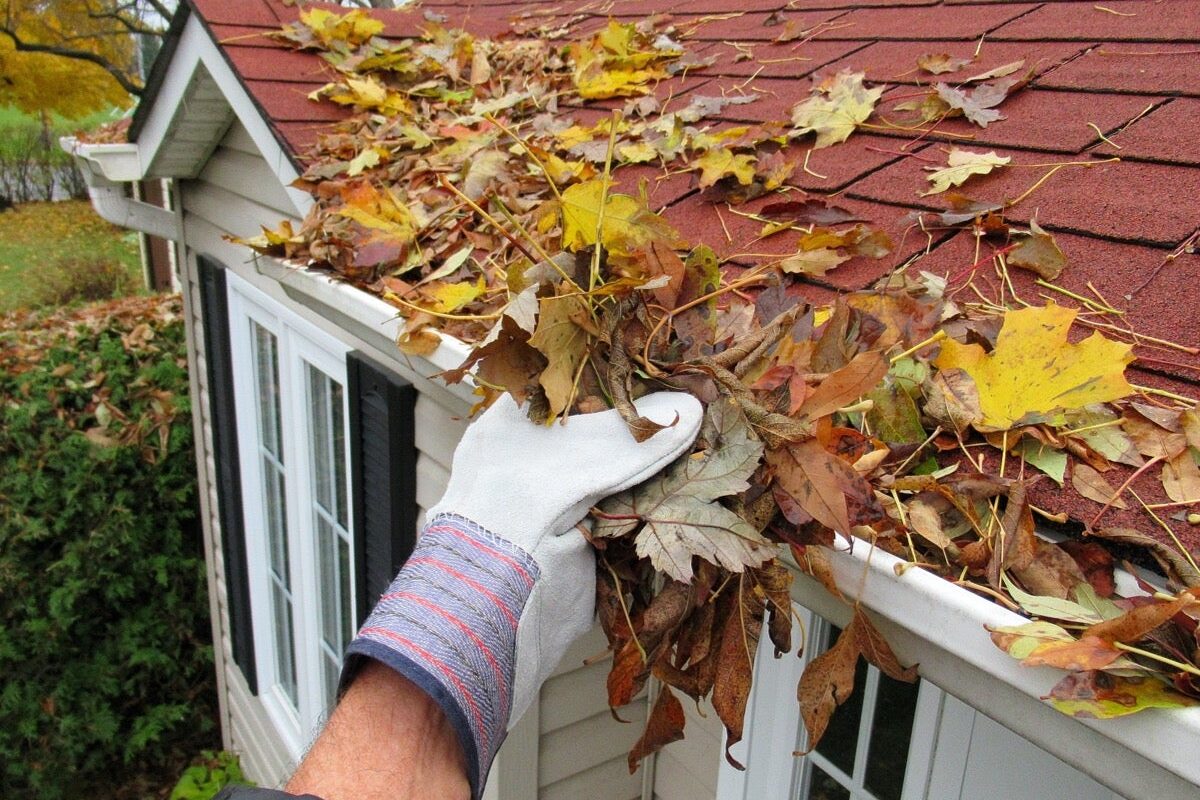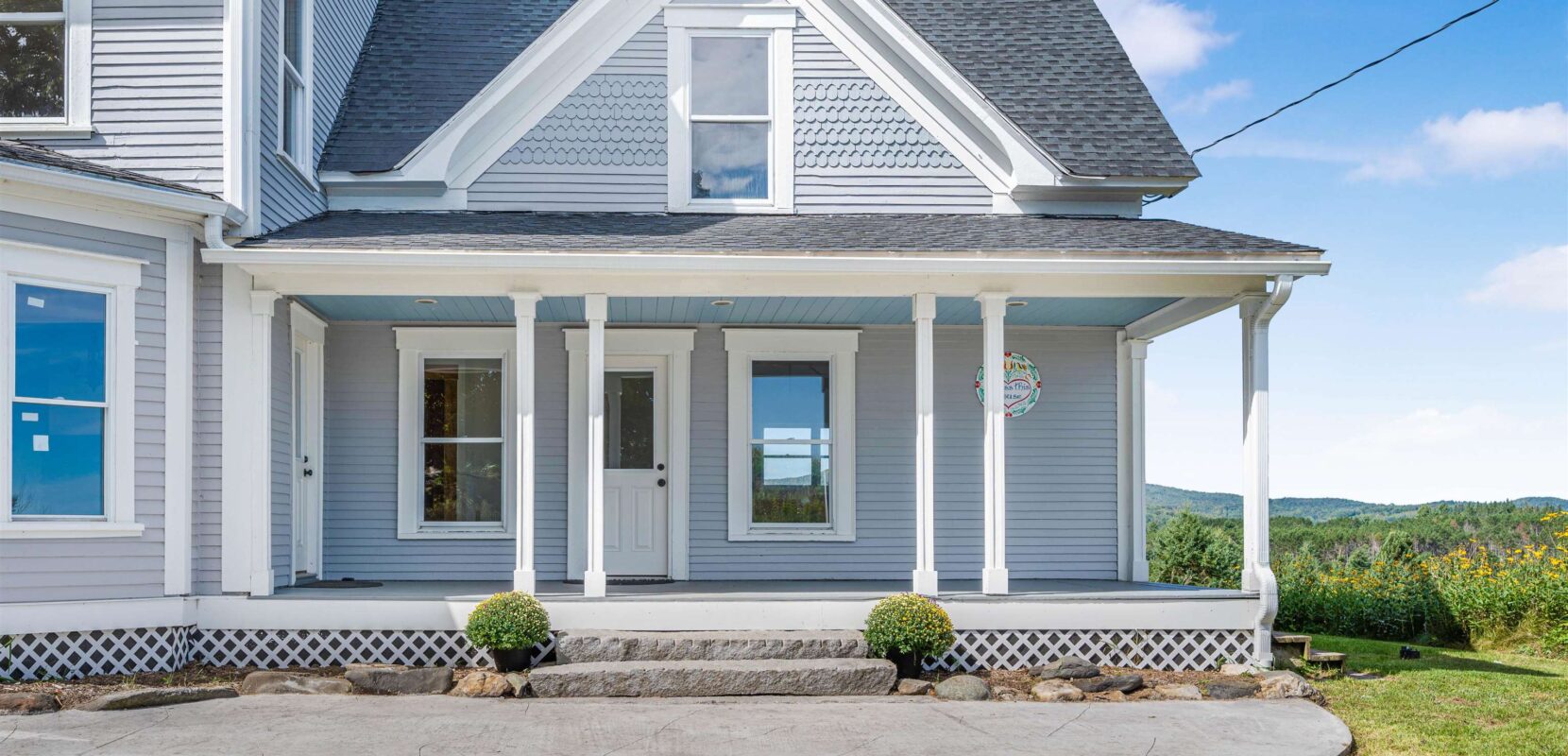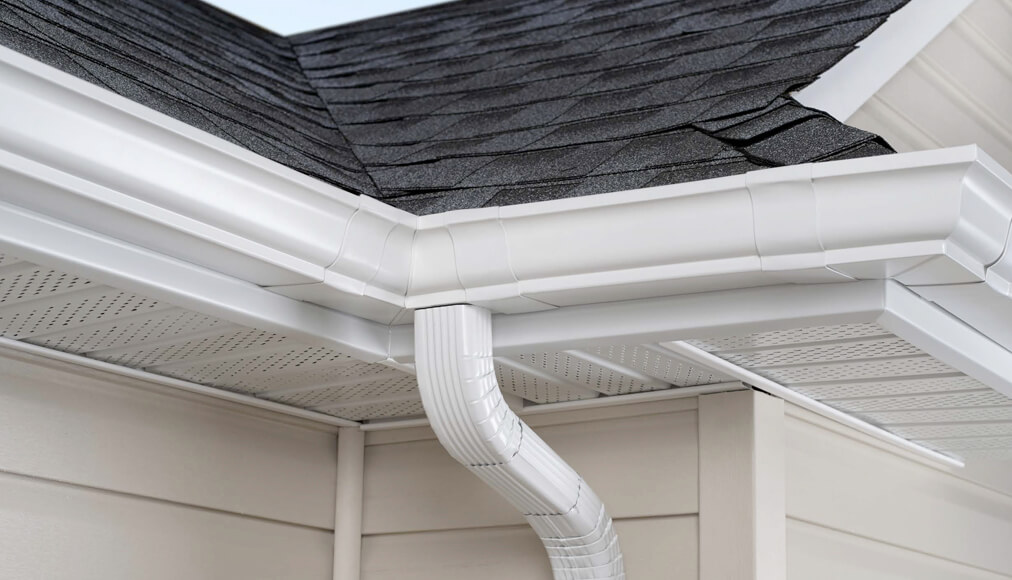Gutters play a crucial role in protecting your home from water damage. Yet because they’re mostly out of sight, they’re often out of mind until it’s too late. If you’ve noticed recurring issues like leaks, sagging, or water collecting near your foundation, it might be time to stop patching and start considering a full gutter replacement.
This guide highlights the top signs that your gutters are failing and explains why Vermont homeowners, in particular, need to act quickly due to snow, ice, and seasonal storms. A timely gutter replacement can help you avoid costly repairs and extend the life of your home.
Top Gutter Replacement Signs to Watch For
1. Sagging or Pulling Away from the Roofline
One of the most visible signs of gutter failure is sagging or separation from the fascia board. This typically happens due to excessive weight from debris, standing water, or ice buildup especially during Vermont winters. Over time, this causes the fasteners to loosen, leading to misalignment, poor water drainage, and even total collapse in severe cases.
Why it matters:
Sagging gutters can’t efficiently channel water away from your foundation, increasing the risk of basement leaks, mold, and structural damage.
2. Visible Rust, Holes, or Corrosion
Metal gutters, particularly older galvanized steel models, are susceptible to rust over time. While tiny pinholes might seem harmless, they are often the first sign that corrosion is eating away at the material. Eventually, these minor imperfections become major leaks.
Check for:
- Brown or orange streaks
- Flaking metal
- Paint peeling or bubbling (often a sign of hidden rust)
Once rust has taken hold, patching becomes temporary. It’s usually more cost-effective to replace the affected section or better yet, the entire system.
3. Persistent Leaks and Overflow
If your gutters overflow during normal rainfall or leak at the seams, you could be dealing with internal damage, misalignment, or hidden clogs. Although gutter cleaning can resolve some overflow issues, persistent leaks after cleaning indicate that the system itself may be deteriorating.
Look for:
- Water stains or streaks on siding
- Mold or algae growth around joints
- Soil erosion directly below the gutters
4. Water Damage Around Foundation or Exterior Walls
Gutters are designed to guide water away from your home. When they fail, water pools around the foundation, eventually seeping into the basement or causing the foundation to crack and shift.
Warning signs include:
- Standing water after storms
- Discoloration or staining on the siding
- Pooling near patios, driveways, or walkways
Ignoring this damage can result in thousands of dollars in repairs to your home’s structure.
5. Your Gutters Require Frequent Repairs
If you find yourself frequently resealing seams, hammering in fasteners, or patching leaks, it may be time to consider replacement. While individual repairs may be inexpensive, they add up quickly and often don’t address underlying issues such as poor system design or material failure.
When to replace instead of repair:
- If you’ve performed more than 2–3 repairs in a single season
- If repairs don’t last or problems return in the same spots
- If multiple sections of the gutter system are compromised
6. Gutters Are 15+ Years Old
Even well-maintained gutters have a limited lifespan. Most vinyl and galvanized steel systems last 15 to 20 years, while aluminum and copper systems can last longer with care. Vermont’s weather with its snow loads, freeze-thaw cycles, and ice dams can shorten that lifespan.
Pro Tip:
If your system is more than 15 years old and showing signs of wear, it’s wise to schedule a full inspection. Upgrading to seamless aluminum gutters can reduce future maintenance and withstand local conditions far better.
Hidden Risks of Delaying Gutter Replacement
Waiting too long to replace your gutters can lead to serious and expensive problems for your home. Here’s what can happen if failing gutters go unaddressed:
- Foundation Cracks and Shifting: Improper water drainage saturates the soil and causes expansion, contraction, or erosion around the base of your home.
- Roof Rot and Mold Growth: Overflowing gutters can cause water to seep under shingles and fascia boards, leading to rot and mold.
- Landscape Erosion: Poor drainage can wash away topsoil, destroy plantings, and create dangerous washouts near walkways or driveways.
- Ice Dam Formation: In colder months, clogged or poorly aligned gutters contribute to ice dams, which cause water to back up under shingles and damage roofing systems.
When to Choose Gutter Replacement Over Repairs
While minor issues can be fixed, extensive or recurring damage usually calls for a full replacement. Here’s when a full gutter system replacement makes more sense:
- Damage in Multiple Areas: If rust, sagging, or leaks are widespread.
- Frequent Overflows: Even after cleaning and resealing.
- No Proper Slope: Water pools instead of flowing toward downspouts.
- System is Incomplete: If your current system doesn’t cover critical areas like roof valleys or over entryways.
Upgrading Tip:
Seamless gutters reduce the risk of leaks and require less maintenance over time. For Vermont homes, seamless aluminum systems with heat tape integration are ideal for snow-heavy winters.
What to Expect from a Gutter Replacement in Vermont
Replacing your gutter system may sound like a hassle, but a qualified contractor can handle the process efficiently. Here’s what’s typically included:
- Inspection and Measurement: Assessing roofline, drainage patterns, and fascia condition
- Custom Fabrication: Seamless gutters are cut on-site to match your home’s dimensions
- Secure Installation: Using heavy-duty brackets and proper slope to ensure durability
- Optional Upgrades: Gutter guards, downspout extensions, and heated elements
- A properly installed system should enhance curb appeal while providing long-term protection against water intrusion.
Why Choose Vermont Gutter Company
At Vermont Gutter Company, we understand the unique challenges of New England weather. Our local team is experienced in designing, installing, and maintaining gutters that perform in all seasons.
We specialize in:
- Seamless Aluminum Gutter Systems: Custom-fit on site for a perfect match
- Gutter Guards: To keep out leaves, pine needles, and reduce clogs
- Winter Protection: Heat tape installation to prevent ice dams
- Maintenance Plans: Seasonal inspections and proactive cleaning
With high-performance materials and expert installation, we ensure your home stays protected no matter what the Vermont climate throws your way.
Conclusion
Your home’s gutter system may be small in size, but it plays an oversized role in preventing water damage, erosion, and expensive repairs. If you’re noticing signs like rust, sagging, overflow, or foundation issues, don’t wait. Replacing your gutters now can save you thousands down the road and ensure your home stays dry, secure, and protected.
Ready to upgrade?
Contact Vermont Gutter Company today for a free, no-pressure assessment. Our team will help you choose the best solution for your home’s needs, climate, and budget.
FAQs
How long do gutters typically last?
Most gutter systems last between 15–20 years, depending on material quality, installation, and maintenance. Seamless aluminum systems often perform better and last longer in snowy climates.
Can I repair a sagging gutter?
You can re-secure sections with new brackets or screws, but if the issue repeats or multiple areas are sagging, replacement is more effective long-term.
What’s the best gutter material for Vermont homes?
Seamless aluminum is the top choice. It resists rust, handles heavy snow, and can be customized to match your roofline and drainage needs.
How do I know if I need new gutters or just a cleaning?
If cleaning doesn’t stop leaks, overflows, or sagging—or if there’s visible damage—replacement may be necessary. A professional inspection can confirm the best course of action.
Are gutter guards worth the investment?
Yes. Especially in wooded areas, gutter guards reduce clogging, minimize maintenance, and improve water flow year-round.



